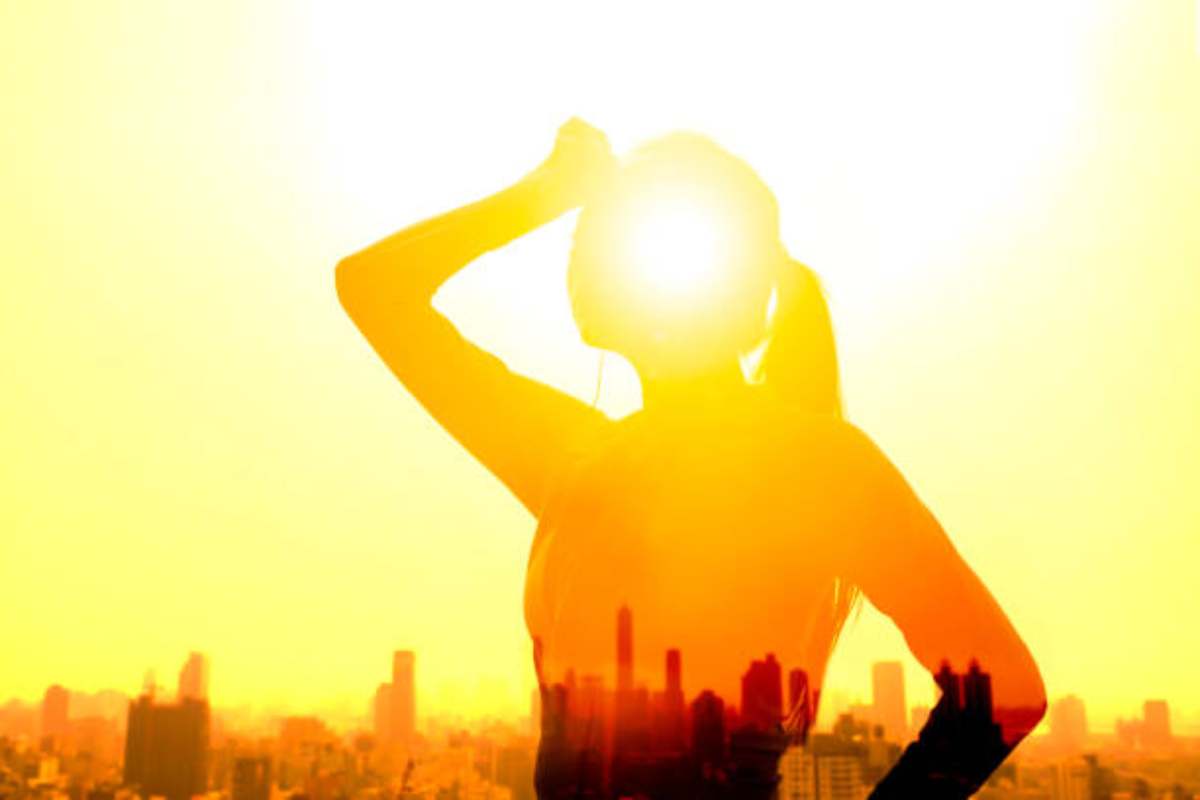HC notice to Odisha govt on removal of chairperson, members of women panel
The Department of Women and Child Development which conducted the performance review of the chairperson and members had found the Commission's performance unsatisfactory.
Mixing of air above the surface was not possible, which caused a recording of more than 31 degree C temperature at 8.30 in the morning, said CEC director Dr SC Sahu.

[Representational Photo : iStock]
Existing meteorological factors in Odisha have contributed to sharp rise in day temperature with several places recording above 40 degree C, the Centre for Environment and Climate (CEC) at Siksha ‘O’ Anusandhan here said on Saturday.
The higher temperature leading to heat wave conditions has been caused mainly because of the absence of sea breeze during the day and night, Dr SC Sahu, Director, CEC, said.
Besides, radiational cooling of the earth’s surface during night was not prominent because the atmospheric temperature at 250-350 metres height was found to be 5 to 6 degree C or in some cases even more than the surface temperature, added Dr Sahu.
Advertisement
Mixing of air above the surface was not possible, which caused a recording of more than 31 degree C temperature at 8.30 in the morning, he said.
The heat wave conditions prevailed over coastal and interior Odisha and day to day variation in temperature would be felt depending on the wind speed coming in from the plains of north western India, Dr. Sahu said.
There was no possibility of ‘kalbaisakhi’ or norwester as the humidity percentage was very low, he said adding clear sky conditions and position of the sun during summer also favoured rise in day temperature.
Dr Sahu said though upper level moisture flow through Odisha was evident it was very less and was getting evaporated causing dissipation of clouds even if they formed in the afternoon.
This condition is likely to prevail till April 21 with some places recording close to 45 degree C between April 18 and 20, he said.
There was a probability of decrease in temperature from April 22 with the coastal districts recording less than 40 degree C. The interior districts would experience 41 to 43 degree C temperature during the same time, he said.
The frequency and intensity of ‘kalbaisakhi’ would gradually increase from April 22 due to favourable moisture flow from the Bay of Bengal towards the Indian landmass, Dr Sahu said.
Odisha reeled under intense heat with temperatures soaring past 40 degrees Celsius in at least 25 places yesterday. Baripada in the northern part of the state turned out to be the hottest place yesterday by recording 44 degree Celsius.
Advertisement